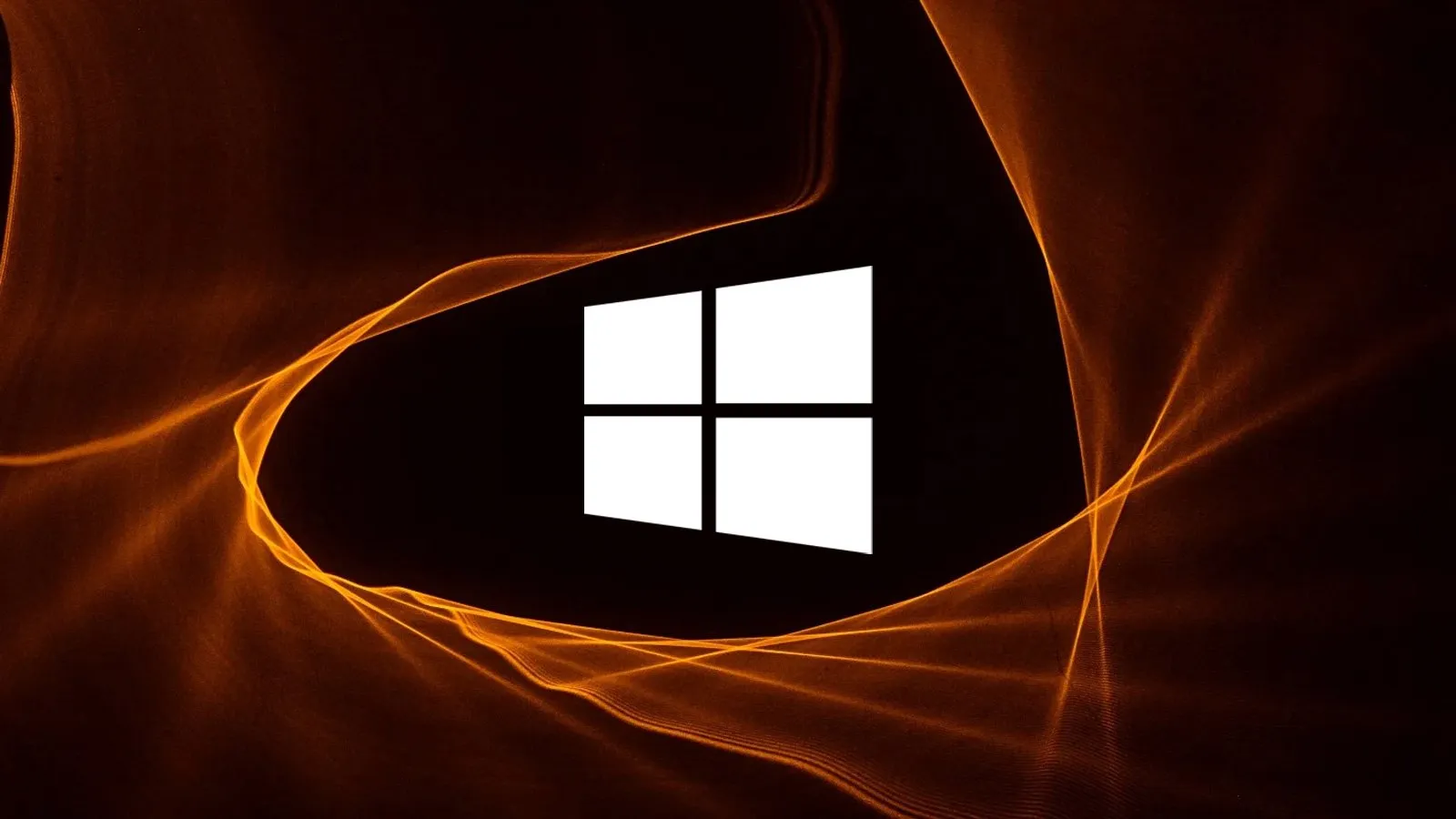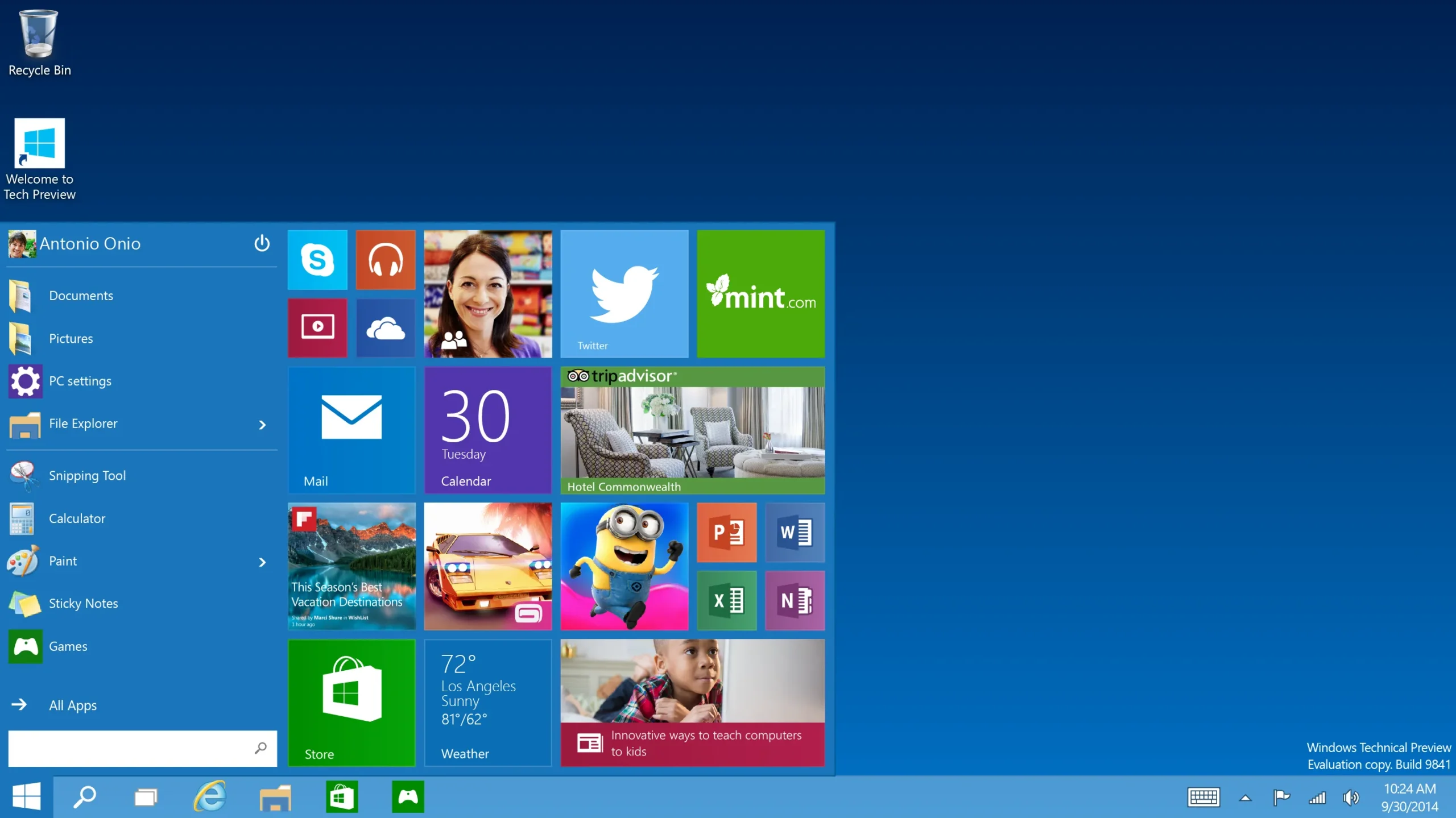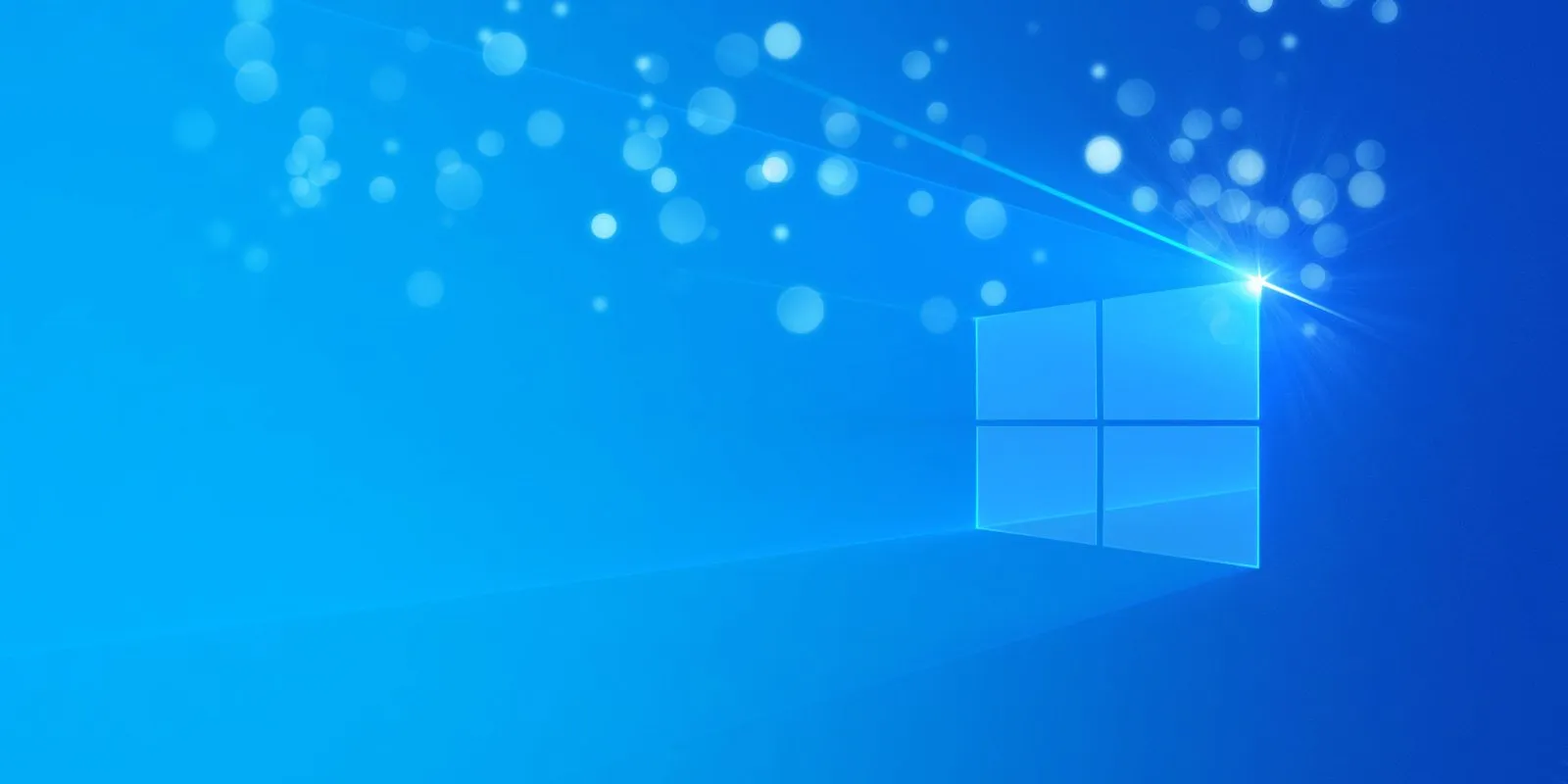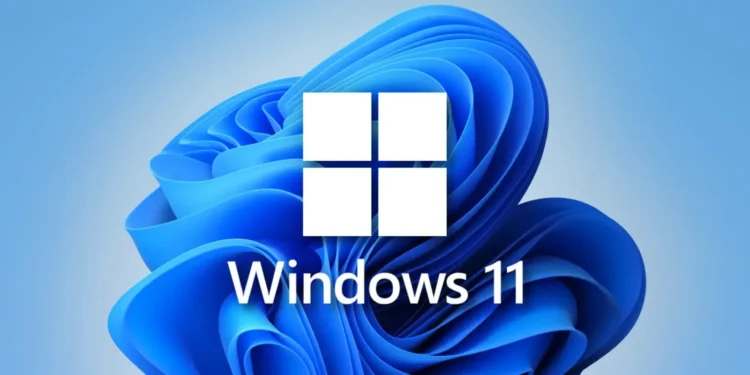As we dive deeper into 2025, the digital landscape is once again abuzz with developments concerning Microsoft, a company that finds itself navigating choppy waters. Despite aggressive marketing strategies and integrations aimed at promoting its newer operating system, Windows 11, recent statistics suggest that its predecessor, Windows 10, continues to hold sway among users worldwide. This shift in user preference comes at a critical juncture, with a significant portion of Microsoft’s user base at risk due to upcoming changes in support and security updates.

A Step Backwards: The Unwelcome Shift in OS Popularity
Last year ended on a hopeful note for Windows 11, as it briefly saw its usage numbers climb above the 35% mark. In contrast, Windows 10’s market share dipped towards 60%, signaling a possible shift towards the newer OS as the preferred choice for users. However, the latest figures from December paint a different picture, with Windows 10 regaining approximately 3% in market share, pushing Windows 11 down to around 34%. This reversal is alarming, especially considering that Windows 10 is nearing its end-of-life phase, which poses significant security risks to its users.
Extending a Lifeline: Microsoft’s Controversial Decision
In a move that has sparked widespread debate, Microsoft announced on October 31 that it would offer an extended support option for Windows 10 users. For a one-time fee of $30, users can receive an additional year of support, effectively postponing the inevitable security dilemmas associated with unsupported software. This decision, as some critics argue, may undermine the urgency to migrate to the more secure Windows 11, which was designed to synergize advanced hardware and software security features.

The Market’s Reaction: Love for Windows 10 Endures
Despite the looming threat of becoming obsolete, Windows 10 remains the OS of choice for a significant number of users. Estimates suggest that of the 900 million PCs currently running Windows 10, 400 million are not equipped to upgrade to Windows 11, either due to hardware limitations or user preference. This strong attachment to Windows 10 raises questions about Microsoft’s strategy and whether the company might reconsider its stance as the October 2025 deadline approaches.
The Environmental and Security Implications
The steadfast preference for Windows 10 not only impacts Microsoft’s upgrade pathway but also introduces serious environmental concerns. With hundreds of millions of PCs potentially headed for landfills as they become obsolete, the environmental impact is non-trivial. Moreover, the security risks are amplified for those who choose not to upgrade or opt into the extended support—risks that could affect over 65% of Windows users if current trends persist.

Looking Ahead: What’s Next for Microsoft and Its Users?
As we look towards the next few months, all eyes will be on the evolving statistics to determine if this setback is merely a temporary blip or indicative of a more significant trend. With the potential for 70% of the market to continue operating on a quasi-obsolete system by fall, the pressure is mounting on Microsoft to ensure its ecosystem remains secure and viable. As reported, I have reached out to Microsoft for comments on these developments, keenly awaiting their perspective on this unfolding situation.
In conclusion, the fate of Windows 10 and the adoption of Windows 11 are more than just numbers on a chart. They reflect broader issues of security, environmental impact, and consumer trust in one of the leading technology giants. As the deadline for support draws closer, the decisions made by Microsoft and its users will have lasting implications on the tech landscape for years to come.










